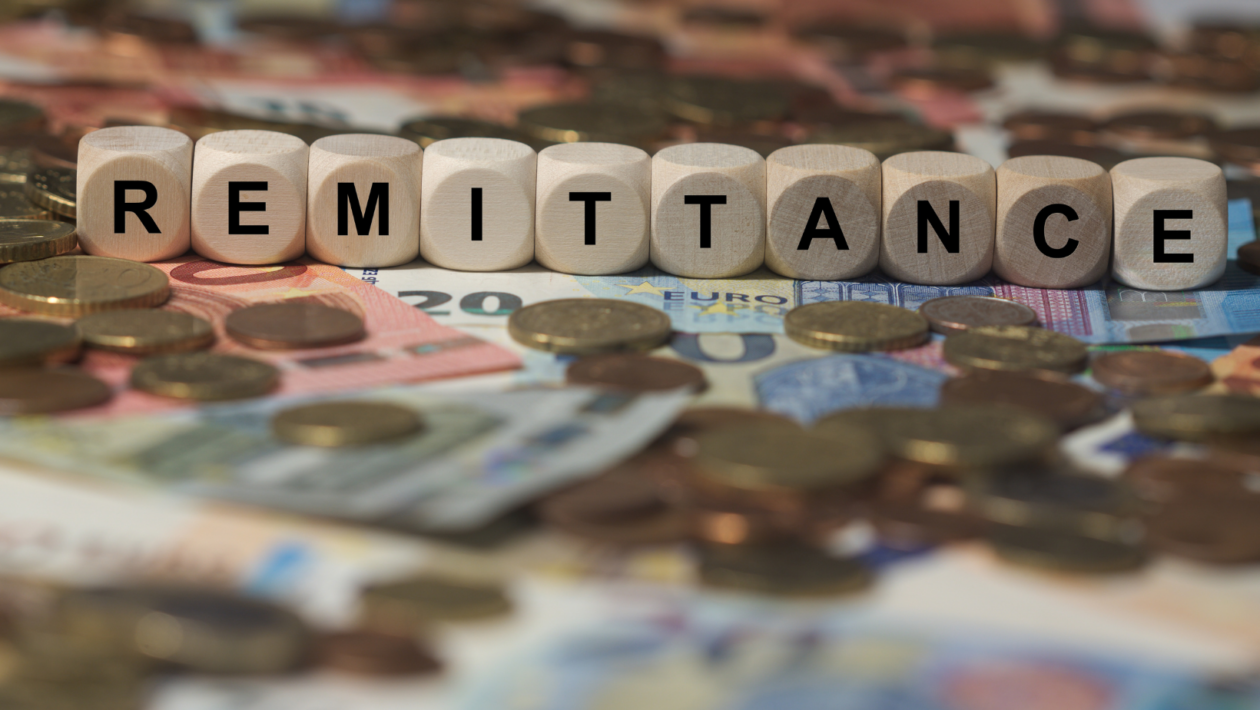One promise of technology was that it would make everyone’s lives easier and uplift people all over the globe. We’re falling behind on this promise, especially to those who need it the most. One area where this is most apparent is remittances — the cross-border payments that migrant workers send back to their home country to help sustain their loved ones.
The remittances industry is currently predicted to have a market value of US$107 billion by the year 2030 with over one billion people relying on remittance services for sending money across borders. Around 75% of these remittance payments help families cover basic necessities, of which 50% are sent to households in rural areas.
Despite being a lifeline for poor communities, the mechanisms to get money from one place to the next remain costly, inefficient and unfair to the people who need money the most. Vulnerable communities who have the most need for remittance services often pay disproportionately high fees to send even small amounts of money home.
On top of that, the user experience of remittance services is often complex and slow. Remittances are a lifeline to poor communities, and delays have a negative impact.
Traditional fintech profits from inefficiency
Cross-border payments have always been a part of the larger global economy. As a result of the uneven distribution of wealth across countries, it is not a choice but an economic necessity.
While remittances once consisted of envelopes of cash sent with strangers crossing the border for a small cut, technological development has allowed the remittance middlemen to hold all the cards. For example, providers such as MoneyGram and Western Union are ubiquitous, and their dominance has allowed them to often charge higher fees than their traditional banking counterparts.
The lack of competition in the remittance industry has given way to an oligopoly market with a handful of firms having a substantial influence in the industry. Their goal is not altruistic but rather profit, resulting in terms that work best for them.
For instance, remittance companies sometimes hold onto funds for a period of time to take advantage of favorable exchange rates, creating artificial delays and driving up transaction fees.
In most instances, those using these platforms are charged a percentage of the transacted amount. Globally, sending remittances costs around 6.25% of the transaction amount.
The percentage varies based on the transacted amount with the percentage dropping as the amount increases. This means that people who send smaller amounts of money end up paying a higher percentage of their income in fees, compared to those who send larger amounts of money. This is a burden that hits poor communities particularly hard as they often send and receive small amounts of money.
Removing middlemen and delays
The next evolution of fintech is blockchain. While still in its infancy, decentralized solutions are demonstrating real-world value. Blockchain technology has certainly captured the attention of the remittance industry, with the promise to provide lower fees and faster settlement times. With blockchain, there can be genuine peer-to-peer remittances that eliminate the middlemen as well as decrease fees and delays.
Unfortunately, gas fees on blockchains, which are equivalent to service charges, can also become extremely expensive depending on the network congestion. At peak times, small transactions are near impossible as gas fees are almost as much as the transfer itself.
This is an issue being worked on with some blockchains being built to keep gas fees low or certain projects choosing to absorb the fees for the benefit of the user. This is vital to make blockchain transfers the true solution to cross-border payments the industry claims it to be. Those working on wallets and swaps need to identify how to remove the burden of cost from the users.
In addition to having the opportunity to be cheaper, blockchains are also faster. Blockchain remittance settlement times are 388 times faster than through traditional channels. The current multi-day wait for transfer through traditional payment channels can mean delays in access to everyday needs like food, medical care, and paying bills.
However, while the transfer is fast, setting up a wallet and figuring out how to get to that point is not. There is a high technical barrier to entry when it comes to using current wallets to send money. Those sending crypto should see it as no different from sending money.
The crypto industry talks about improving onboarding and access but is not currently taking the right steps to make this happen. By taking one step forward with low fees but one step back with a multi-step process, the value is lost before it can even reach those who need it.
It’s also not that hard, to find answers in simpler wallet set-ups and allowing funds to be sent via a link, username or phone number sign-ins, to avoid issues like misspelling a wallet address. This has been done and can be done, but is not being directed with enough effort to the right people.
From theory to practice
The remittance industry needs an upgrade and blockchain technology can be the transformative change it needs for a fairer and more accessible remittance ecosystem. By leveraging blockchain technology, we can foster financial inclusion and development, benefiting marginalized communities.
To do this we need to stop discussing blockchain’s possibilities not only in theory but also work to build it in practice. Opening up financial access to all communities with simplified experiences and no cost burden is non-negotiable. If this is not done, blockchain will remain an exclusive technology reserved only for the few with high technical knowledge and exist as a working theory.





